Up on the hill, in the peaceful Rieterpark of Zürich, where one can indulge in the surroundings of almost heavenly 19th century garden, a door to a hellish show is wide open. The culture-bridging exhibition “Monsters, Devils and Demons”, held at Park-Villa Rieter, presents portrayals of the evil-doers from Switzerland, Japan, Iran and India.
The concentration of devious exotic monsters is rather high amongst these walls. But don’t be frightened of the unknown – many of the underworld creatures resemble mortal beings and their lives are very similar to the life on Earth. At least Indian mythology says so.
As depicted in the below folio from ancient Indian epic poem “Rāmāyana” series “The Realm of Gods and Demons” (1800-1815), the underworlds are filled with hideous animal-like creatures. What human fears do these demons in Indian mythology expose? Disorder and chaos. It’s not a revelation that such character traits as greediness, arrogance and wrath have doomed them to live outside the divine world. Endless suffering in the world of ugly beings… However, according to the mythology, there is a way to save the condemned ones which is an acknowledgement of their own vices. Long live the humility!
From India back to Europe, Swiss-made devils also possess a mixture of human and animal-like attributes, “adorned” with hideous grimaces. The “Red Devil” mask, brought to Museum Rietberg from Central Switzerland, boasts hyperbolised facial features: a nose with a hump, flabby eyelids and a sticking out chin, that races with the tip of the nose. “So distinctive are these features that it is almost as if the mask carver had caricatured someone of his own personal acquaintance”, – states the guide. Made me smile! It’s fascinating how some people continue to live in art as a source of inspiration without a slightest realisation.
Not only humans, but also everyday objects are demonised in Japanese folklore. If I were to go to Japan, my biggest fear would be a wriggling monster of plastics bags. According to their folklore, everyday objects, after the passage of 100 years, obtain a spirit. The change is called tsukumogami. After obtaining a spirit and becoming self-aware, they turn into monsters, who parade on the streets at night and take revenge upon those who were wasteful or threw them away thoughtlessly. Isn’t it an another level of hell?
The below hand scroll “Nocturnal Procession of One Hundred Demons” (1770) is taken from a woodcut book “The Garden of Comic Pictures”, that humorously depicts humanised as well as demonised animals, plants and objects. It’s obvious: the rest of the world standing up for themselves and becoming enemies of the humankind is a long lasting fear in Japanese culture.
It may seem that hell is occupied solely by men. But please, spare your assumptions! In Indian mythology women were more than beauties, which heroes and demons fought for. Female demons also had their position in the mythology as superficial beings that had the power to affect the fate of (super)human beings.
A folio “Hanumān Outwits the Demon Surasā” (ca. 1775), from ancient Indian epic poem “Rāmāyana” series) tells a story about a Hindu goddess, the mother of serpents, who’s testing Lord Hanumān, a devotee of Lord Rama, a supreme being in Hinduism. What sort of a test could a demoness give? Surasā’s mission was to reveal Hanumān’s intellect and strength as he flew over the ocean from the land (identified with India) to Lanka (identified with Sri-Lanka) in search of Rama’s kidnapped wife Sita. She tells him that he can pass only through her mouth and tries to devour him.
In the below folio Surasā’s appearance – the outfit and posture – doesn’t come across as intimidating. She’s a humanised, shrunk monster with her arms hopelessly stretched out, which is an indication of the lost battle. Just look at the smiley god monkeys who make fun of her! Such a parody of the goddess is only one of the versions.
In other “Rāmāyana” versions Surasā is presented as a powerful goddess, who succeeds in revealing Hanumān’s mental and physical greatness and proves his ability to rescue Rama’s wife. Surasā symbolises the purest form of existence – goodness, positivity, truth, wholesomeness, serenity, wholeness, creativity, constructiveness, balance, confidence, peacefulness, and virtuousness – that needs to be tamed but still respected. She’s a demoness and goddess depending on a situation. She was also represented as an erotic object, one of the three women, who challenged Hanumān’s celibacy. God damn it, he managed to deceive and escape!
Here we have a few diverse cultures exposing their fears through their vivid imagination. Diverse cultures, more or less the same hell. Regardless of the vivid imagination –meticulous details of the underworld, length of the horns or ugliness of the grimaces – fundamentally we all face the same demons, fight the same fears as well as nurture the same values of goodness, courage, thoughtfulness and spiritual harmony. These are the bridges between the diverse cultures that should empower us to conquer the fears of the unknown.
Ah, and if you’re around and slightly overwhelmed by the devilish appearances, go rewind at the cafe of the Rietberg museum. A divine lemon cheesecake, a proper mug of cappuccino and an impeccable service will make you return to the heavenly garden!
“Monsters, Devils and Demons”
Open 24 May – 16 Sept 2018
Museum Rietberg
http://www.rietberg.ch/
Gablerstrasse 15, 8002 Zürich, Switzerland
The review was originally published on www.zivilekasparaviciute.com
More info: zivilekasparaviciute.com

 Dark Mode
Dark Mode 

 No fees, cancel anytime
No fees, cancel anytime 


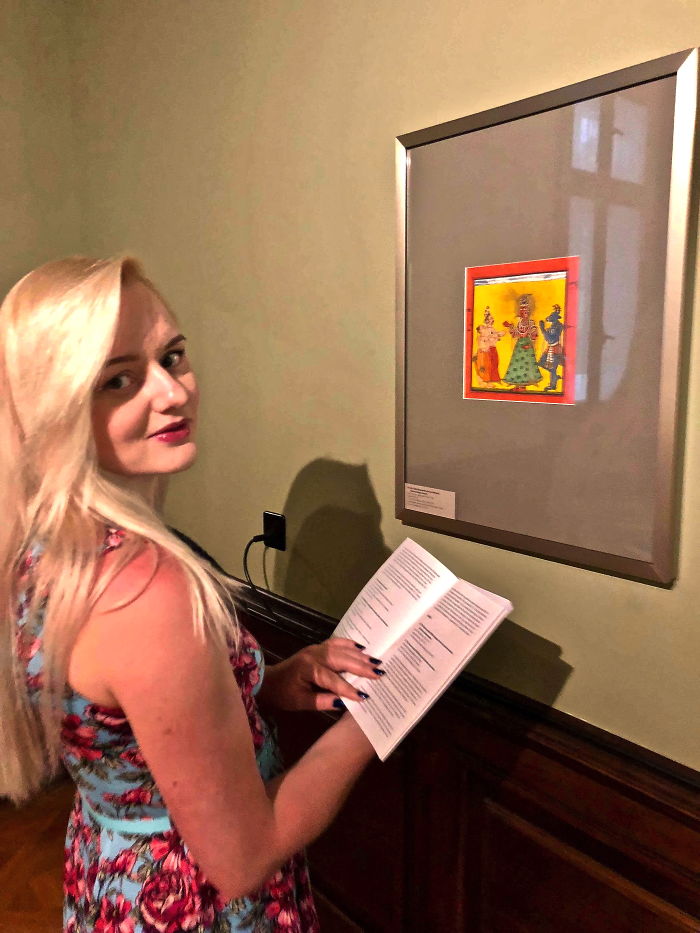
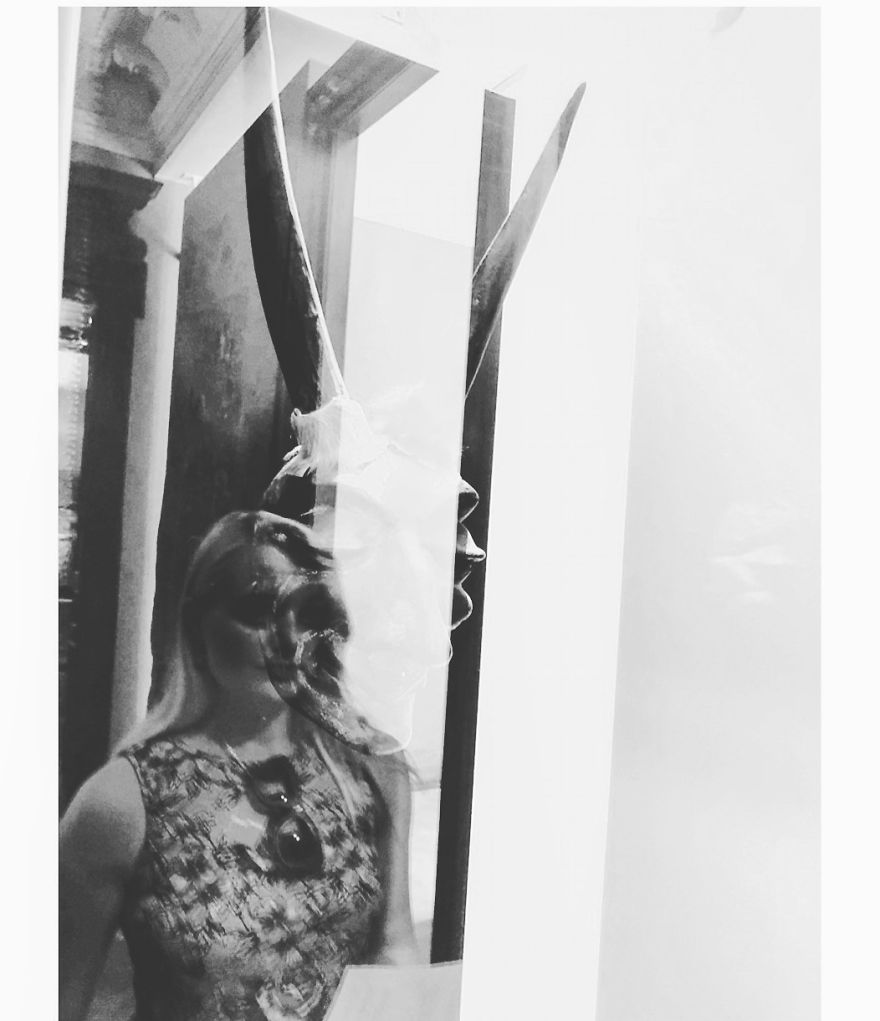
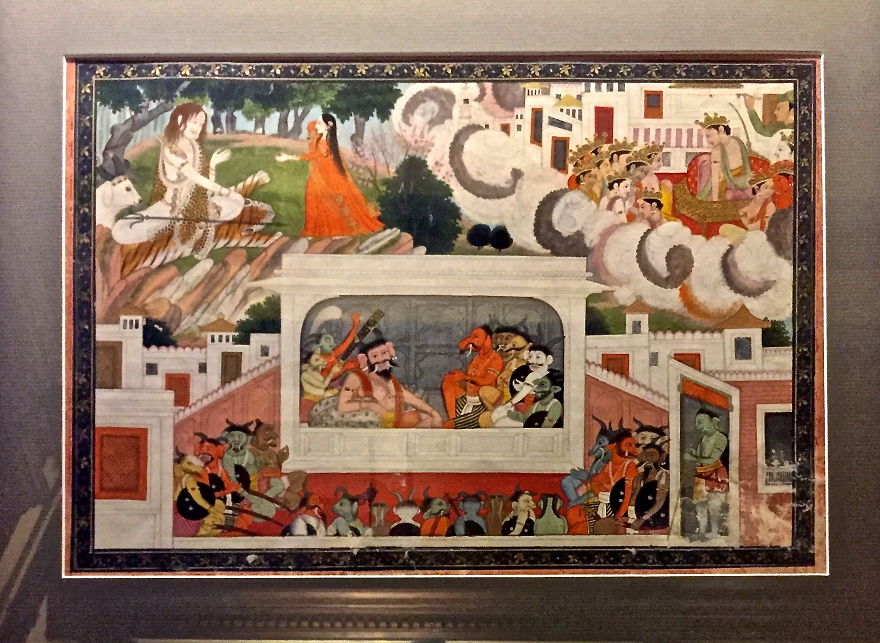
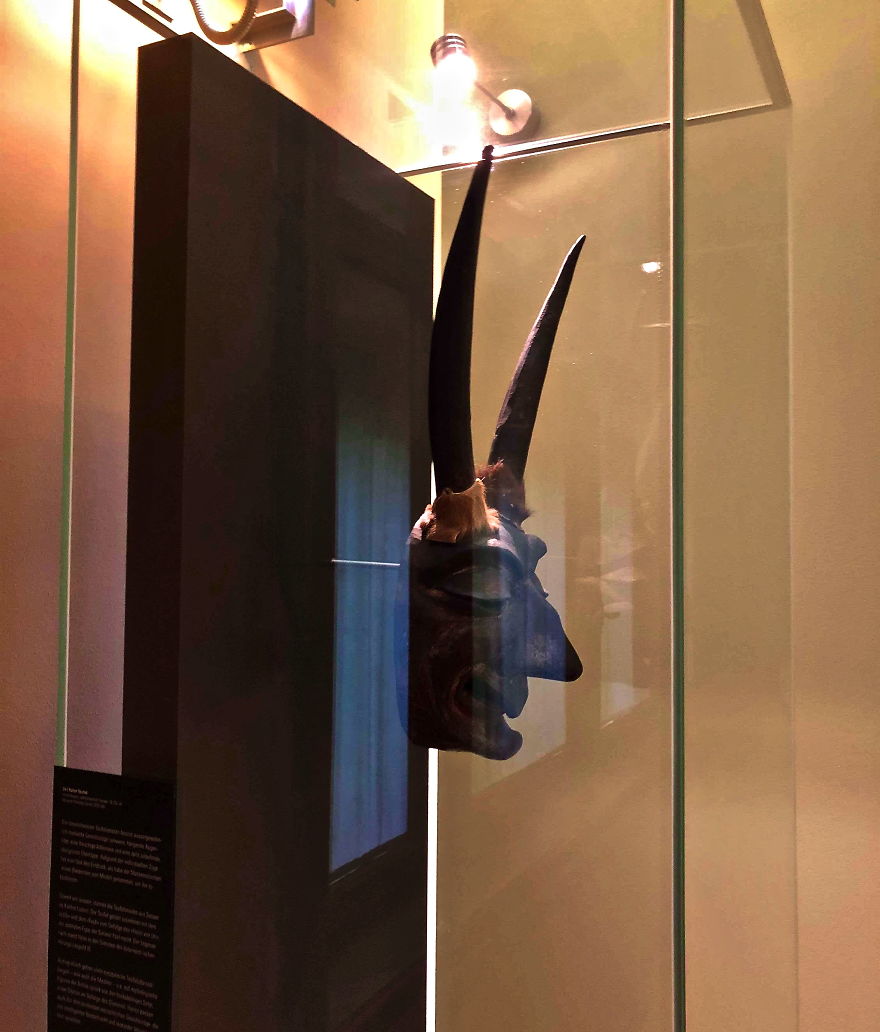
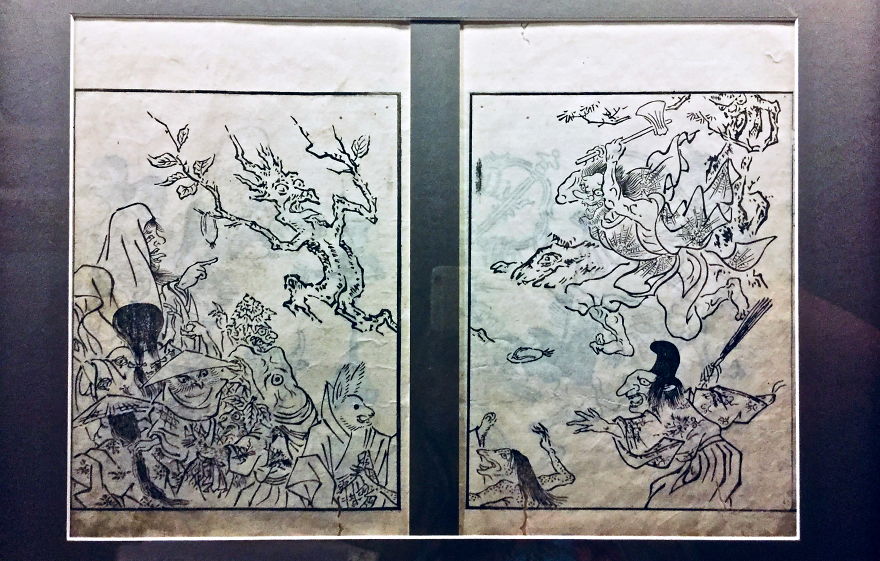
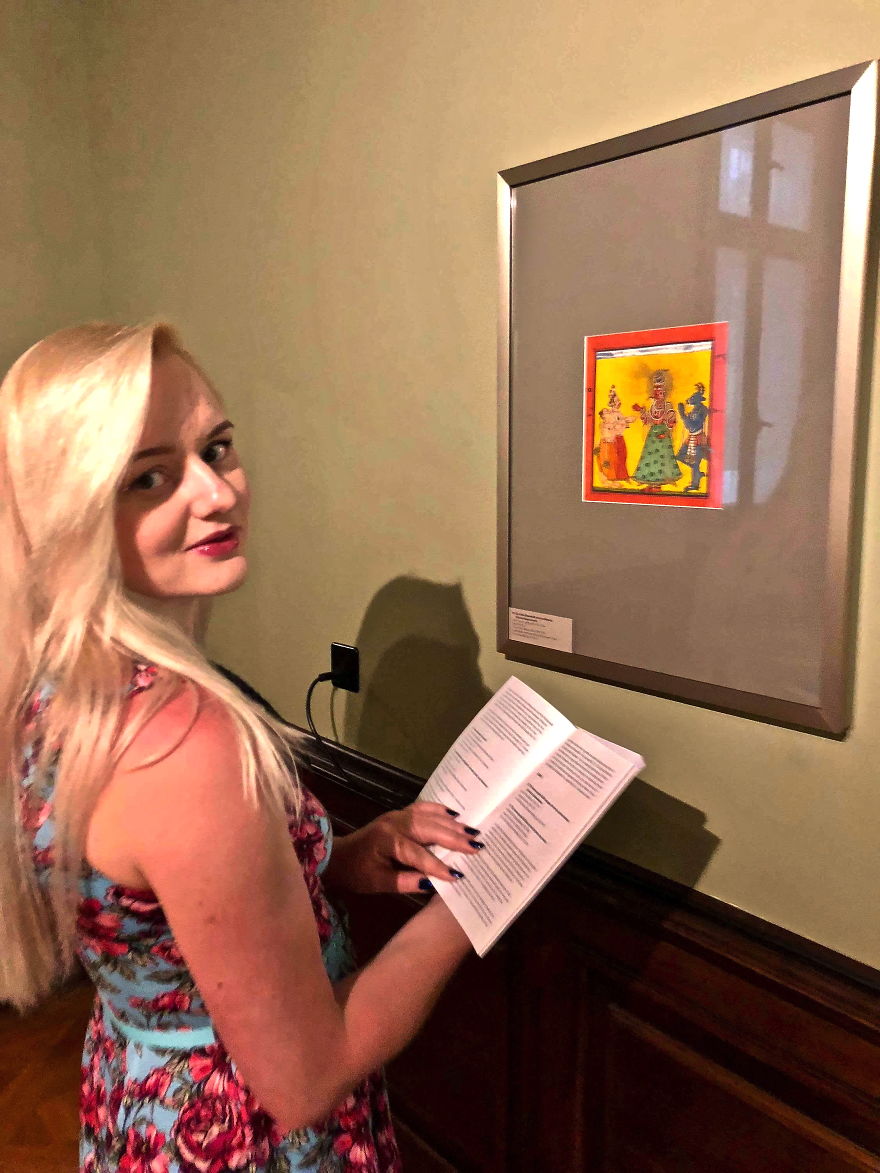
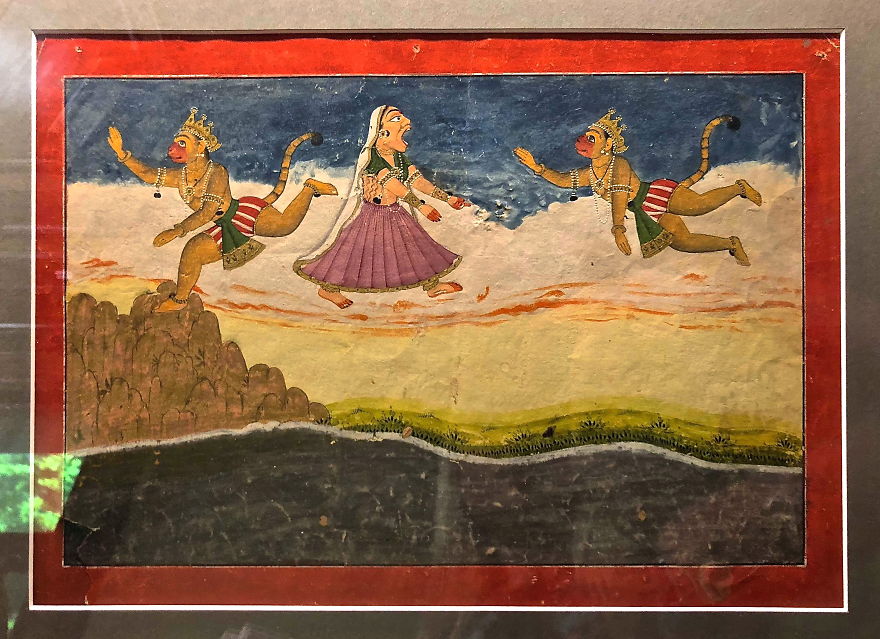
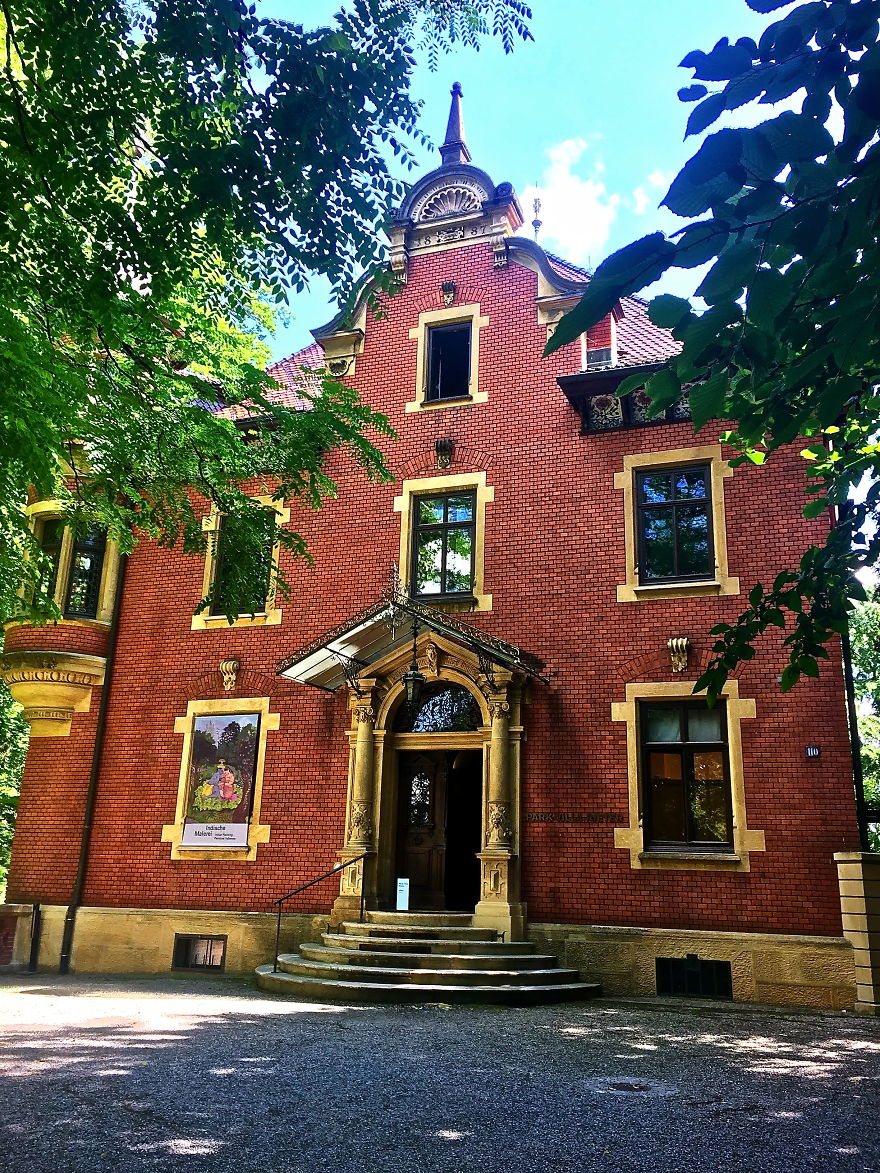


























1
0